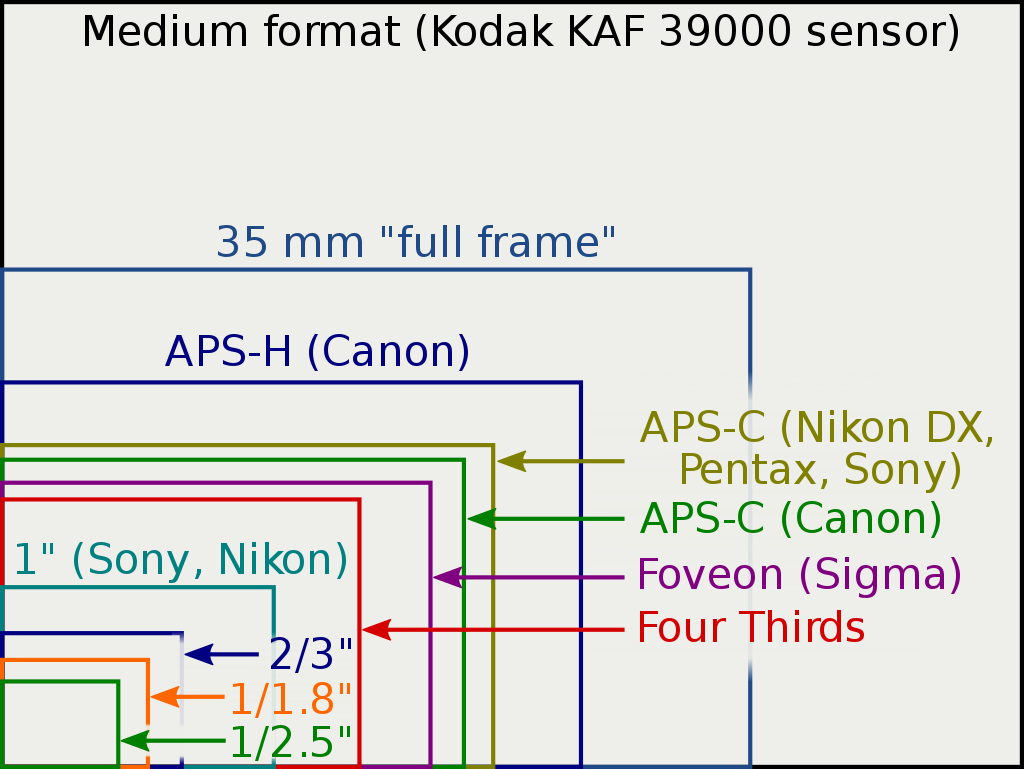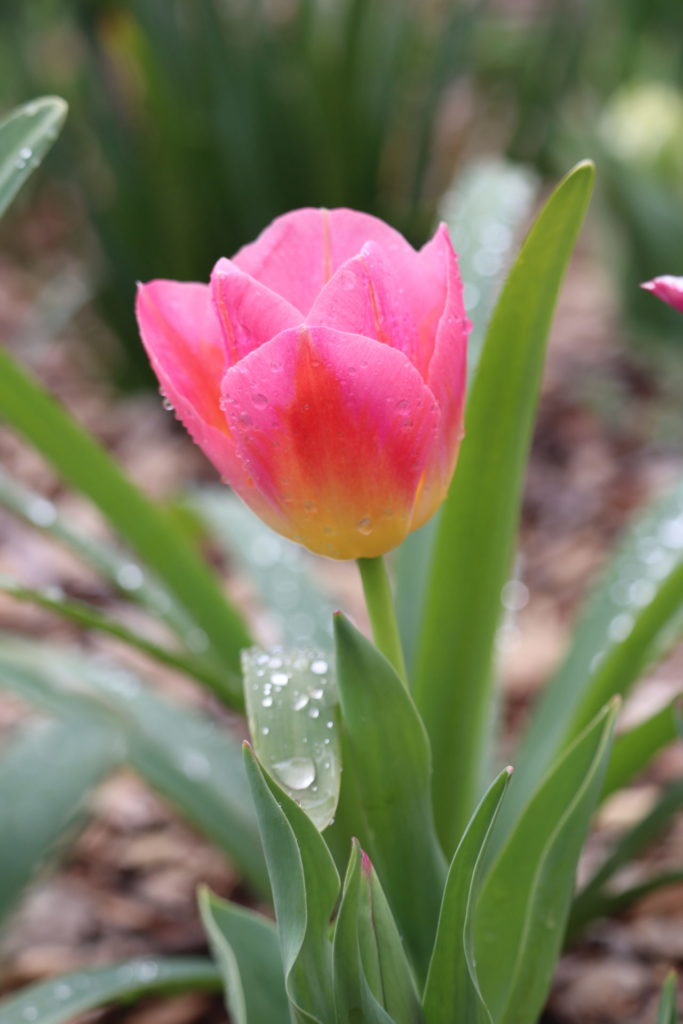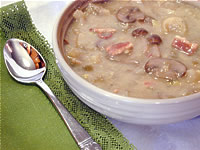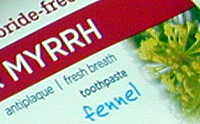Buying a Starter Camera? Start Here.
You’ve got a little Rona time on your hands. Looking for a starter camera? Let’s break it down. There are two general types of camera you can start with.
Point-and-Shoot – Travel Camera
Pros
- One lens – non-detachable.
- Telephoto-to-close-up all in one lens with the toggle of a zoom button.
- Just point and shoot.
- Most have autofocus and in-body or in-lens stabilization.
- Relatively inexpensive
- Decent bang for the buck.
Cons
- Small sensor size means grainier pictures at low light.
- Likely no flippy screen
- Likely no touch screen
I started with the Canon PowerShot SX520 SH. They don’t make this model any longer. You could probably buy a Canon PowerShot SX530 SH with a few extra bells and whistles, but there are probably cheaper Point-and-Shoot cameras out there now with more bells and whistles. I paid about $150 for my first point-and-shoot digital camera, but if your budget is larger, you can pay as much as $1000 for a truly incredible point-and-shoot.
But if you’re spending that much money you’re actually getting into the budget range where you might want to consider the next type of starter camera:
Prosumer Mirrorless and DSLR
Mirrorless and DSLR are two different build structures for cameras, but I’m treating them as one here because they have similar features. These include Micro 4/3, APS-C
Pros
- Far larger sensor size means better low-light images, less grainy.
- Often do reasonably decent video.
- You can start with the kit lens and then add lenses as you discover your needs.
- Often includes even better autofocus.
- Often includes even better image stabilization either in-body, in-lens or both.
Cons
- More expensive than most Point-and-Shoot cameras
- Probably want several lenses after a while, because your kit lens isn’t going to give you 42x optical zoom and close-ups like a point-and-shoot.
- If you break this, it’s more expensive to replace than most point-and-shoot cameras.
Sensor size is crucial to good images. The larger the sensor, the more light your camera can catch. My PowerShot’s sensor size is only 7.7mm across — smaller than the head of a thumb tack. Still, it’s quite a bit larger than what you find in most smart phones today, but tiny compared to the next level – either a “micro four thirds” (M4/3) or an “APS-C”. (See image below for comparison of sensor sizes. My PowerShot isn’t even in this comparison, it’s so small.

After the PowerShot, I got a Canon M50 which has an APS-C sensor. Canon’s “M” series is mirrorless, and while this series offers a reduced number of “M” series lenses, the Canon EF and EF-S lenses are easily adapted to the M Series cameras with a special adapter.
Just Images, or Video Too?
Next, you have to decide if you’re interested in mainly images or video as well. If you want to shoot video, you’ll probably want a DSLR or Mirrorless.
Equipment Creep
Regardless of whether you go with point-and-shoot or DSLR/Mirrorless, you’ll find you want things like a camera bag, camera filters, (at least a clear glass protective filter for your lens), tripods, lighting, shading, microphones, sound baffles… This rabbit hole is deep. If you want to intentionally hamper that desire from the beginning, start with a point-and-shoot. With only one lens and a crappy mic with no extermal mic input, you will have made your choice and stuck with it.
Equipment Extended Commitment
If you’re going with a mirrorless, it means you get a camera body with interchangeable lenses. Choose wisely, because what you choose now will determine what lens lineup you buy in the future. Your camera usually comes with a kit lens unless you specify otherwise in most venues. If you find you prefer the lens lineup of another camera line later, you may end up selling your existing gear so you can buy your preferred gear. That’s okay, just know that it may be in the cards.
DSLR vs Mirrorless
DSLR means “Digital Single Lens Reflex” which requires a mirror to move out of the way when you take the shot. Mirrorless cameras have the sensor right in front of the lens instead, so there are fewer moving parts. There are pros and cons to each method, but mirrorless seems to be winning the race at this point.

Which to Choose?
Depending on your budget, these are worthy possibilities for the beginner:
Point and Shoot
- Sony Cyber-Shot DSC-RX100 – 1″ Sensor – $500. If you want to get the latest, ($800) Sony Cyber-Shot DSC-RX100VA.
- Canon PowerShot G9 X Mark II – 1 Inch Sensor – $500 – great color science
- Canon PowerShot SX740 – $400
- Canon – PowerShot ELPH 180 – Extreme Budget – $200
Mirrorless/DSLR
- Fujifilm X-T30 – APS-C – Mirrorless
- Canon SL3 – APS-C – DSLR – flippy screen
- Canon M50 – APS-C – Mirrorless – flippy screen
- Sony Alpha 6100, 6400 – APS-C – Mirrorless
- Panasonic Lumix G85 – M4/3 – Mirrorless – flippy screen
The mirrorless and DSLR cameras above are in no particular order. It’s best to do a little research before making a decision. The Canon SL3 and M50 have similar capabilities. Both of them offer the best autofocus in the industry. Both of them use the same processor that’s also used in some of more professional-level Canon cameras available. Canon offers the best color science. Sony is surprisingly easy to use and adapt. The Lumix G85 is a truly wonderful camera with unparalleled in-body stabilization, but autofocus isn’t very good. Still, it’s actually a great camera with a lot of lens support.
I still love my M50. When I have the budget, I’ll probably consider getting a full-frame, but until then, I’m very happy with it.





